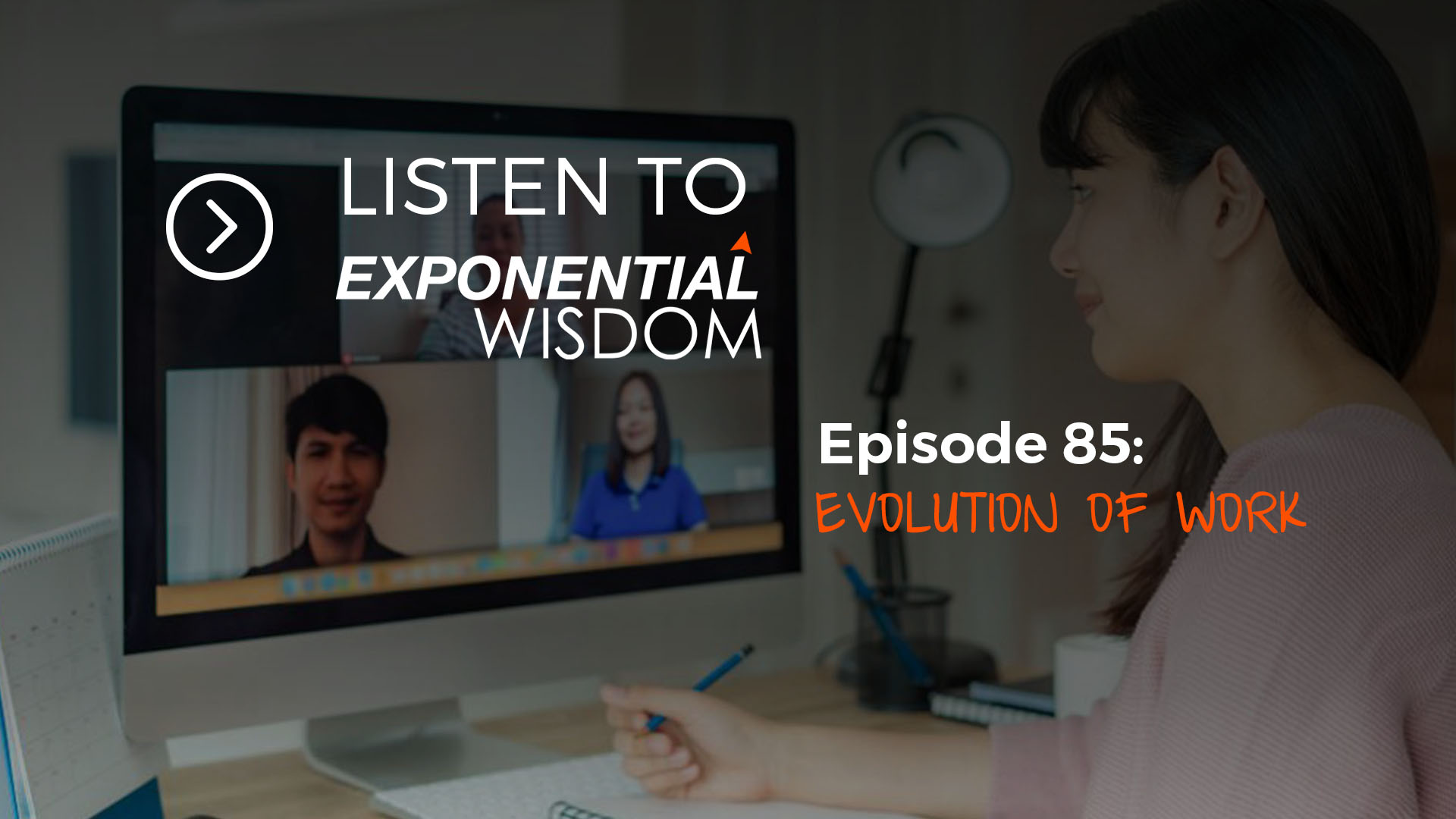
In the past, I’ve jokingly called CNN the “Crisis News Network”… or the “Constantly Negative News” network. (Sorry, I don’t have anything cute for FOX.)
But these days, the acronym works more than ever.
As I’ve discussed in recent blogs, we are in the midst of two pandemics: (1) A viral (SARS-CoV-2) pandemic; and (2) a pandemic of fear.
On the rise is our constant bombardment by RED banners reading "DEATH TOLL RISING."
Yet every day, countless stories of entrepreneurial ingenuity, generous community support, and scientific breakthroughs go unnoticed.
This is a blog about:
(1) Why is there always so much negative news?
(2) The importance of monitoring what news you let into your mind… and,
(3) How to get “data-driven optimistic news.”
Let’s dive in…
(Note: If you like this blog, share it! | Facebook | Twitter | LinkedIn | Or send your friends and family to this link to subscribe!)
Why is there always so much negative news?
Humanity evolved in the savannas of Africa over the last 5 million years, surrounded by a world of severe and immediate danger.
To deal with this constant presence of danger, our brains evolved an ancient piece of the temporal lobe called the amygdala, which scans everything we see and hear for signs of danger. And when it senses danger, it puts us on *red alert.*
Because of our amygdalas, we pay 10x more attention to negative news than to positive news.
And for that reason, every news source is putting out 10x more negative stories than positive. It’s purely a matter of marketing... capturing our attention = ad revenue.
“If it bleeds, it leads” is the saying. Since every TV news show’s job is to deliver your eyes to their advertisers, the negative stories reign. And we remain glued to the programming.
Do this experiment: Pick up your newspaper (if you receive one, I don’t) and compare the number of negative to positive stories, it’s at least 10-to-1.
Your Mindset Matters: And it’s impacted by what you watch….
The average American adult spends nearly 6 hours each day watching TV — about 30% of waking hours. Yet few pause to consider how this massive input impacts our outlook. Leaving TV news on in the background is a recipe for disaster.
A study of 180 undergraduate students, for instance, found that anxiety and total mood disturbance increased after watching just 15-minute news segments. What’s more, those levels remained elevated unless students explicitly engaged in relaxation exercises following the viewing period.
Or take a 2017 study by the American Psychological Association, which found that over half of Americans feel news consumption causes them stress, leading to sleep deprivation and increased anxiety.
What you let into your mind influences your thoughts, conversations, and feelings, driving fear and anxiety for many. These emotional states are associated with increased levels of cortisol, commonly known as the “stress hormone,” which often causes inflammation and reduces the immune system’s efficacy.
And the last thing anyone needs right now is a compromised immune system. Reducing your news consumption might be just as important as your daily Vitamin C dose.
So where and how can you get relevant news?
(1) Take a news diet / limit how much you consume: Just as we manage our physical health with nutritional and caloric diets, consider managing your mental health with a news diet.
Do you really need to have the TV on constantly in the background? How about limiting your News consumption to no more than 30 minutes per day?
With apps like “Moment” or “Forest,” you can track the amount of time you spend on News and Social Media platforms. After quantifying your usage patterns, set concrete goals and record your emotional improvement.
Loretta Breuning, author of Habits of a Happy Brain, recommends setting a block of time each day — typically at lunch or before dinner (and definitely not before bed) — to consume your news if you must.
(2) Choose focused sources: Google Alerts proactively searches the web for specific terms you’ve requested, sending content directly to your email. You can customize these terms and the frequency with which you receive notifications. Or try Apple News, which offers customization in the channels you wish to follow.
Most importantly, focus more on positive content with sources like Postive.News or The Optimist Daily. You can even create Facebook or WhatsApp groups with friends geared towards sharing positive content. Or, you can join FutureLoop.
Data-Driven Optimism with FutureLoop
Three years ago, I set on a journey to create a Machine Learning platform (Neural Net) to scrape the world’s news, science journals and social feeds every day to understand how exponential technologies are impacting specific topics and industries.
The end result is FutureLoop, a free service with the following mission...
Every day, FutureLoop scans hundreds of thousands of articles and journals:
- Searching for news with ‘positive sentiment’ that is 'future-oriented'
- Identifying stories of ‘converging exponential technologies’ that impact industries
- Scanning for high-quality, referenced sources and validated stories
- Filtering out sensationalized and biased news
- Performing these searches on specific ‘user-selected topics’
- Summarizing articles to extract "What it is" and "Why it's important"
Finally, FutureLoop learns your preferences over time, surfacing news about the future of the industry and interests you care most about.
While still in Beta, FutureLoop fuels “Data-Driven Optimism,” offering free, powerful, and high-quality info.
Check it out here. It’s free, fun + fast.
In the midst of a pandemic, many of us are focusing on physical well-being. But don’t forget the importance of your mental intake and the impact it can have on your body.
Do not let a constant stream of negative news overwhelm you, and make a concerted effort TODAY to break the cycle.
Challenge #5: Where will you get your news in 2026?
Join us for our 5th prediction challenge on the FutureLoop Platform. Where will you get the majority of your news in 2026?
- Personal AI Assistant
- A new platform
- Social Media
- An existing platform (e.g. Google News, Apple News)
- Television (CNN, Fox, MSNBC)
- Newspaper & Print
Participate in the challenge here:
Join Me
Abundance 360 CEO Summit: If you’re an entrepreneur, CEO, owner of a company ranging in size from $1M to $1B+, consider joining my personal Mastermind called Abundance360.
(Note: If you like this blog, share it! | Facebook | Twitter | LinkedIn | Or send your friends and family to this link to subscribe!)
Topics: Exponentials healthcare mobile health mental health news crowd the crowd wisdom of the crowd crowdsourcing exponential technology telemedicine crowdsourcing genius flu influenza coronavirus pandemic infectious diseases COVID-19 virus FutureLoop predictions







